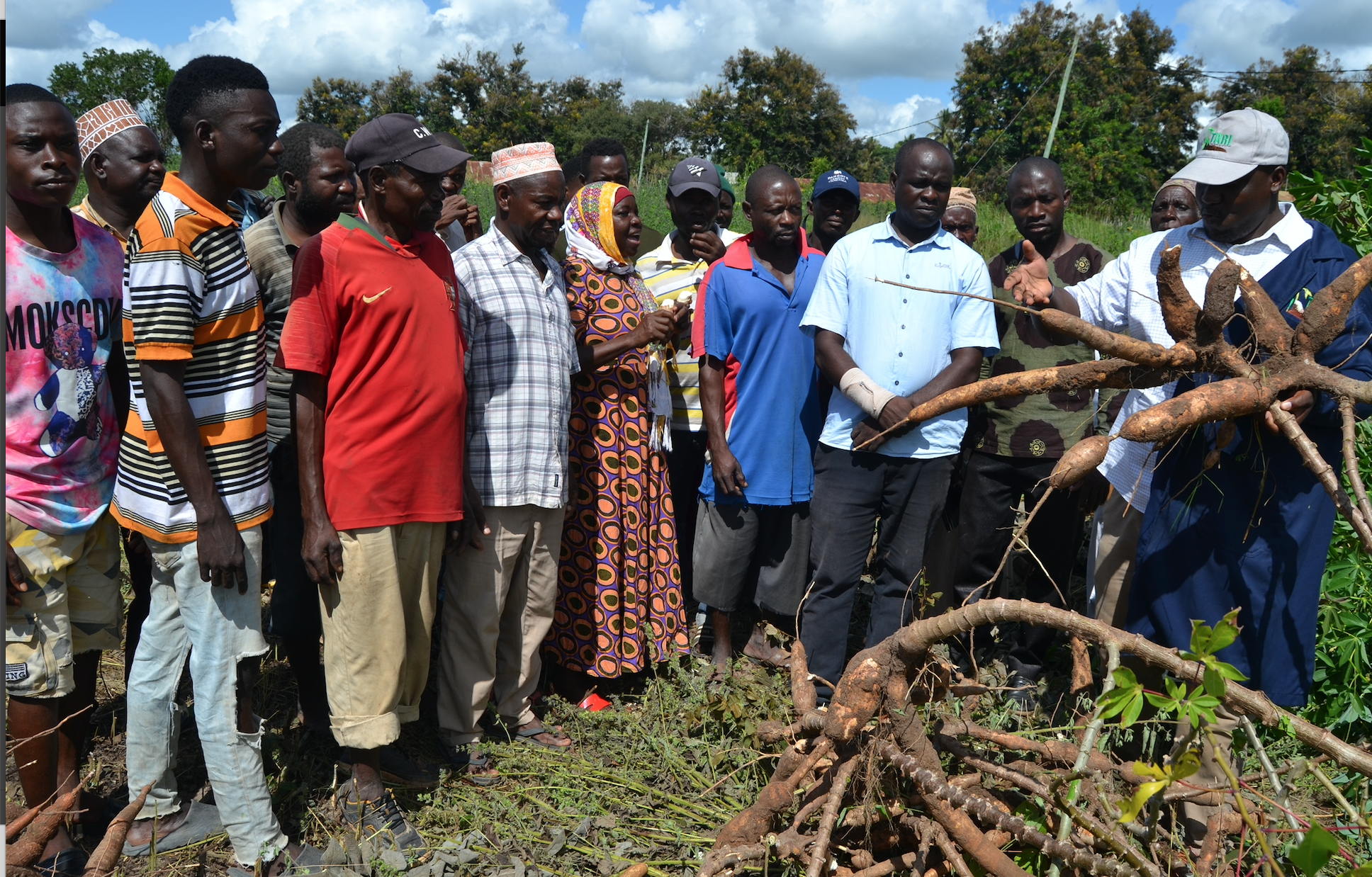Juma Msafiri
The Irish potato is a vital crop in Tanzania, crucial in food security and income generation for many households. This report delves into the global standing of Irish potatoes in Tanzania, examining key production figures, economic value, challenges, and opportunities.
Production of Irish Potatoes in Tanzania
Tanzania is a significant producer of Irish potatoes in Sub-Saharan Africa.
- 2017 Production: 1,749,213 tons, primarily cultivated by smallholder farmers in the Southern Highlands, which accounts for an estimated 70–80% of total output.
- Cultivation Area: Approximately 200,000 hectares, involving 700,000 households.
- Regional Focus: The Southern Highlands uses close to 220,000 hectares for potato farming, benefiting from a unique bimodal rainfall pattern allowing for two harvests annually.
Recent trends show fluctuations:
- 2020 Production: 1.1 million tons (record high).
- 2022 Production: 1,013,154 tons from a harvested area of 120,184 hectares.
Yield Insights:
- Average yield in 2022: 8.43 tonnes per hectare (FAOSTAT).
- Potential yield: 40–60 tonnes per hectare (research ).
- Attainable yield with certified seed: 15–25 tonnes per hectare.
A significant yield gap highlights opportunities for productivity improvements, especially with tailored strategies addressing regional variations in production, pricing, and market access.
Key Metrics (2022):
| Metric | Value/Range |
|---|---|
| Total Production | 1,013,154 tons |
| Harvested Area | 120,184 hectares |
| Average Yield | 8.43 tonnes per hectare |
| Production Growth Rate | 11% per annum |
| Potential Yield | 40–60 tonnes per hectare |
Value of Irish Potatoes in Tanzania
Irish potatoes are an essential cash crop in Tanzania, significantly contributing to household income and the national economy.
- Economic Importance: Potatoes are the third most important starchy food and cash crop in the Southern Highlands after maize and rice.
- Market Trends: Demand for processed products (chips, crisps) boosts the crop’s potential.
Economic Highlights (2022):
- Total production value: $254 million.
- Wholesale price (60 kg bag): TSh 35,000–40,000.
- Retail price: TSh 1,000–1,200 per kg.
Regional variations in prices were noted, with the lowest price of TSh 40,000 for a 100-kg bag in Njombe and the highest price of TSh 100,000 for a 60-kg bag in Mara Region.
Challenges and Opportunities
Challenges
- Pests and Diseases: Late blight and bacterial wilt reduce yields and quality.
- Seed Quality: Many farmers use farm-saved seeds, limiting productivity.
- Market Access: Poor infrastructure and storage facilities hinder fair pricing.
- Climate Change: Rising temperatures and unpredictable rainfall threaten cultivation.
Opportunities
- Improved Seed Systems: Investing in high-quality seeds boosts yield and disease resistance.
- Irrigation: Expanding infrastructure enables year-round farming.
- Value Addition: Processing potatoes into chips and crisps enhances market potential.
SAGCOT’s Role in Transforming the Irish Potato Industry
The Southern Agricultural Growth Corridor of Tanzania (SAGCOT) drives transformation through initiatives like:
- “Mkulima kwa Mkulima” (Farmer to Farmer): Demonstration plots in Songea District yield up to 200 bags per acre, generating TSh 16 million per acre for farmers.
- Tajirika na Lusitu Project (Ruvuma): Promotes integrated potato and avocado farming on 500 acres, ensuring diversified income.
Global Standing of Irish Potatoes in Tanzania
Tanzania is a major producer of Irish potatoes in Sub-Saharan Africa, ranked:
- 6th largest in Africa (2021).
- 45th in global production (2021).
Export markets include Uganda, Rwanda, and the Democratic Republic of Congo, with Kenya claiming over 90% of exports.
Efforts like the Market Access Dossier (collaboration with FAO) aim to secure access to markets in 14 countries, including the EU, USA, China, and South Africa, unlocking potential markets valued at $3.4 billion.
Government Policies and Initiatives
Key initiatives include:
- Promoting improved, disease-resistant potato varieties.
- Training farmers on best agronomic practices.
- Supporting farmer groups for collective marketing and input access.
- Ensuring seed quality through TOSCI certification.
